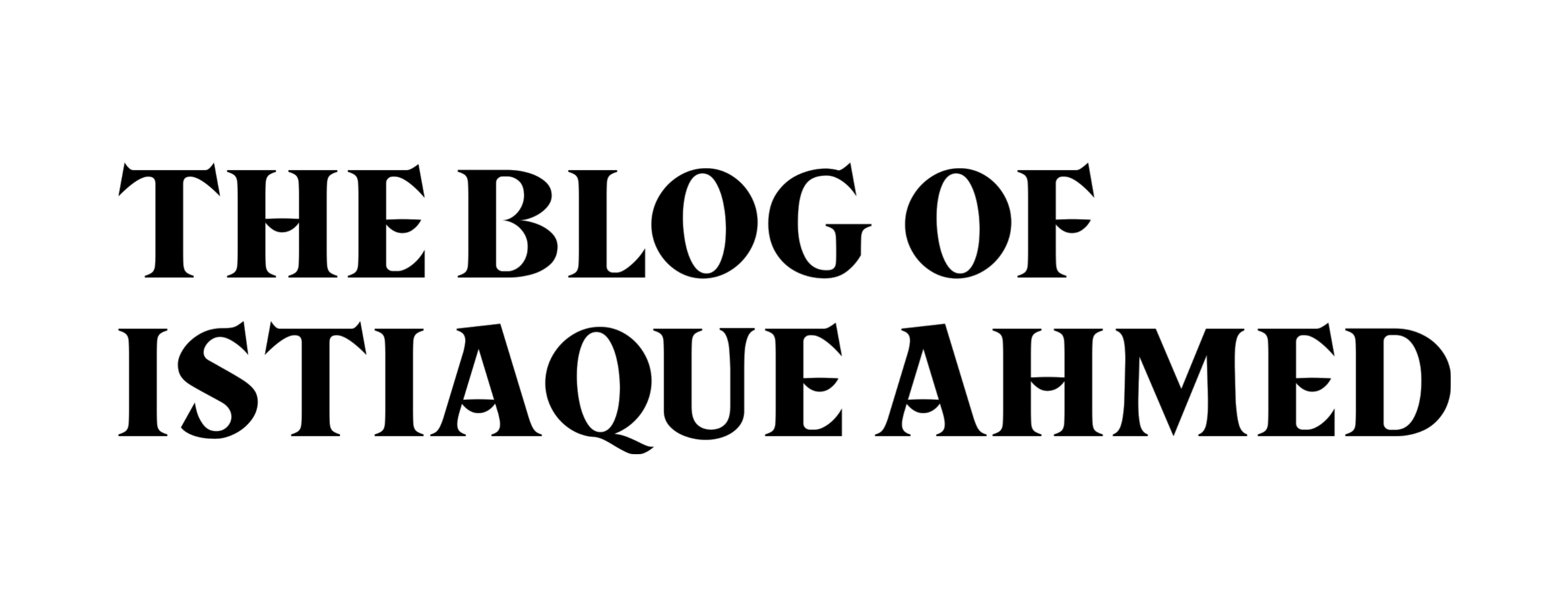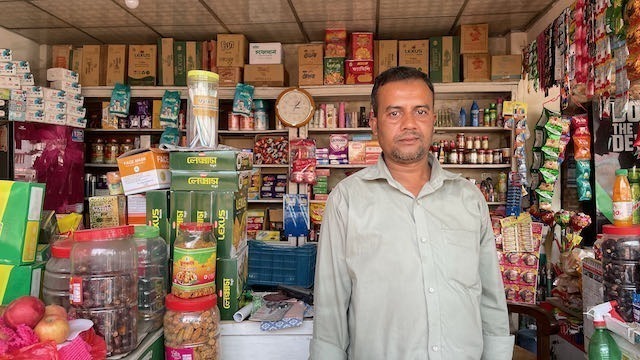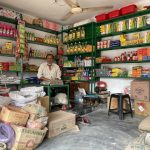Bangladesh showed an impressive annual GDP growth rate of ~6.5% over the last decade. The economy is on track in graduating from the least developed country status in 2024 and has made impressive human development strides. PwC predicts Bangladesh to become the world’s 28th largest economy by 2030. Micro, small, and medium enterprises (MSME) are the main drivers of the national economy. Contributing 25 per cent to the country’s GDP and more than 80% non-farming employment, MSMEs play a significant role in income generation and national development.
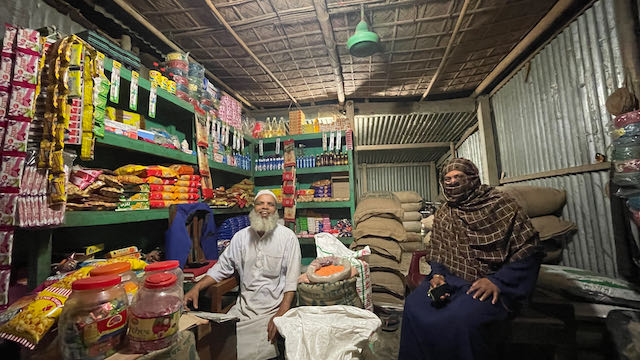
Since I started working with Sheba Platform Limited in 2019, I have begun to know details about the contribution, business operations, day to day challenges, pain and points of gains of small businesses. Sheba Platform Limited has a service marketplace where thousands of small entrepreneurs, the unsung heroes, provide hundreds of services. I worked there as Strategic Planning and Process Lead. I had to work for business new development and raising funds for the company mostly. For my professional purposes, I had to understand small businesses and their owners. Sheba platform limited launched sManager in 2019, an app to run and manage small micro-entrepreneurs businesses. I worked for sManager for a concise period until I moved to the FinTech industry in March 2020.

I joined in SureCash in March 2020. Here, I got engaged with a product called TallyKhata, similar to sManager. TallyKhata is a bookkeeping app for small businesses. Initially, my role was to look over the product team but, from the beginning of 2021, I have been responsible for working for the Product Strategy and Innovation team. By this time, I had started to participate in different FGDs, seminars, and internal discussions where we talked about small businesses’ challenges and how to overcome them.
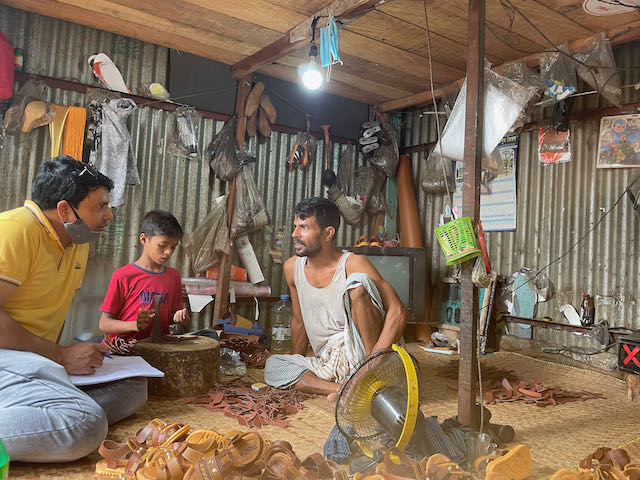
From February 2021, my colleague Faruk Bhai (Head of Market Operations) and I started our field trip to understand small business and their lives more closely. We have visited about 350 shops in Dhaka, Tangail, Jamalpur, Mymensingh, Sherpur, Jamalpur, and Kishorgonj districts. We spoke to different types of small business owners; grocery, pharmacy, departmental store, teas stall, shoe manufacturer, light manufacturer, handicraft, etc. Directly and indirectly, we have interacted with around 500 small business owners and their helping hands.
TallyKhata was working on a Project of United Nation Capital Development Fund (UNCDF) Bangladesh. As part of that project activities, I’ve led 8 FGD sessions where 15-20 small business owners were present in each session. Innovision consulting firm has conducted the sessions. I got very informative insights in those sessions from participants. We were talking about small business owners challenges and aspirations. We emphasized the difficulties of getting loans in those discussions, though.
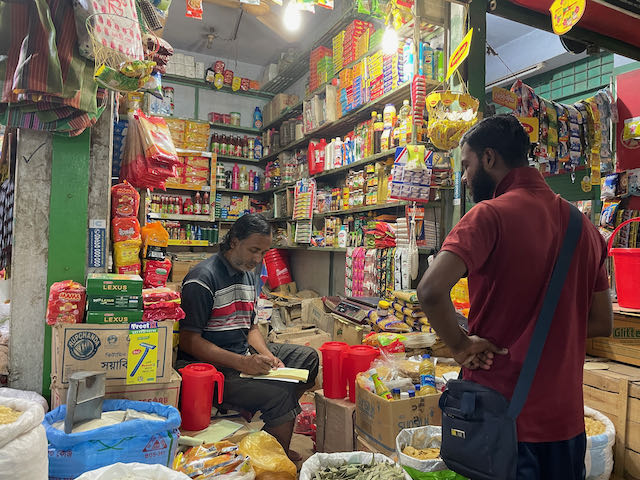
Our Market Operations team is continuously surveying to understand the challenges of small businesses, especially the TallyKhata users. Our market visit, FGD sessions, Market Operations Team’s survey findings, call centre, and social media responses are giving me a 360 way to understand small business challenges and aspirations in the last 12 months. Our objective is to understand deeply the pains and gains of small business owners regarding product sourcing, payment, getting loans, sales, and day to day business operations. I can’t share our findings publicly, but the opportunity TallyKhata is giving the entire team and me to understand the small business of Bangladesh is phenomenal. It’s thought-provoking. It’s valuable. It’s so informative.
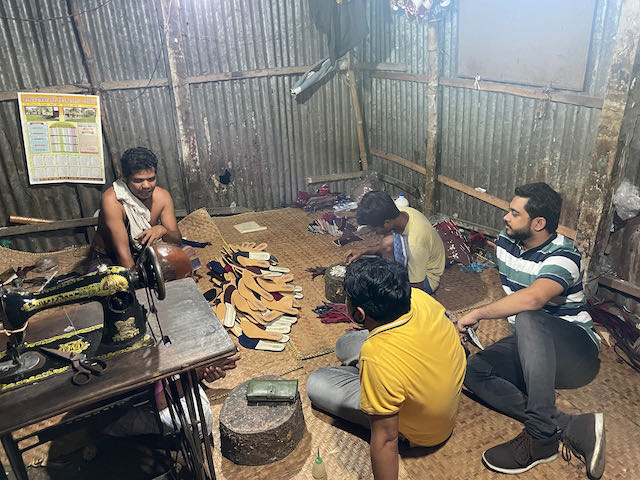
As I mentioned, I can’t tell our findings here but based on our continuous findings, our small business owners significant pain points are;
The downward trend in regular sales [Number of Bazar and shops are increasing].
- Margins are shallow. Hard to keep a 10% margin for groceries.
- Hard to run the business without helping hands.
- Lack of trusted helping hands. [Embezzlement].
- Collection of bad debts.
- Lack of working capital finance.
- Lack of collateral to get loan from financial institutions.
- Lack of business financial records and periodic reports.
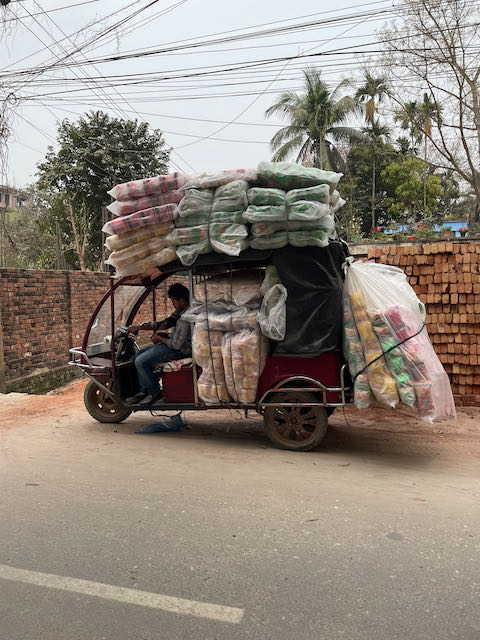
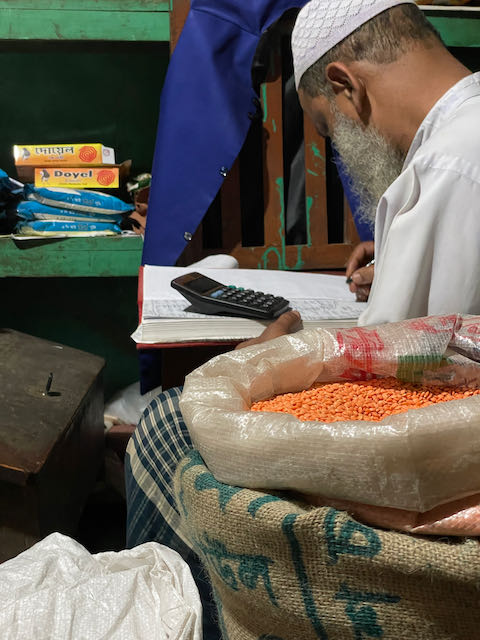
Following factors can bring some gains for them;
- Automation in product sourcing and sales.
- An easy way to communicate with their customer digitally.
- Collateral-free, small ticket size quick loan.
- Online channel of sales and delegated logistics service.
- If the MFS charges get low, then they will be happy to go cashless.
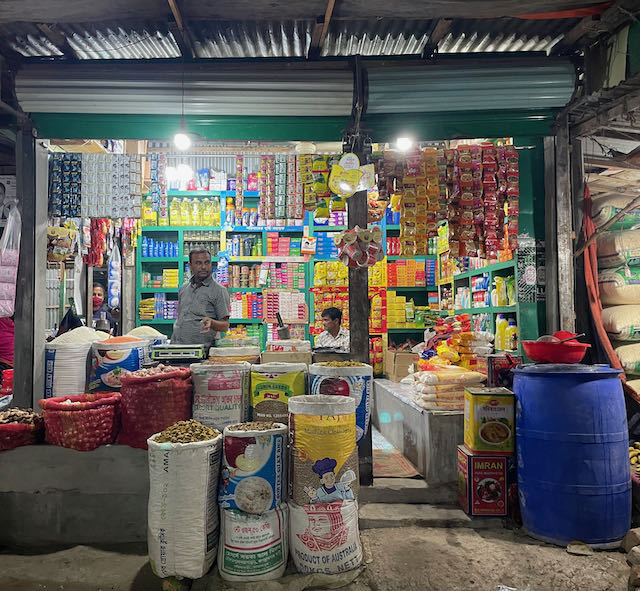

The most exciting and essential learning for me so far is, I have understood how small business owners calculate their profit and loss, and I can tell you one thing this method has not been written in any business books yet. Interesting, right? I think so, and that is why I every day enjoy walking on this journey.
